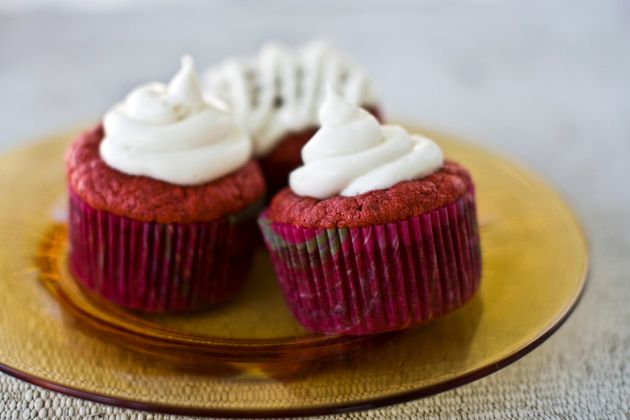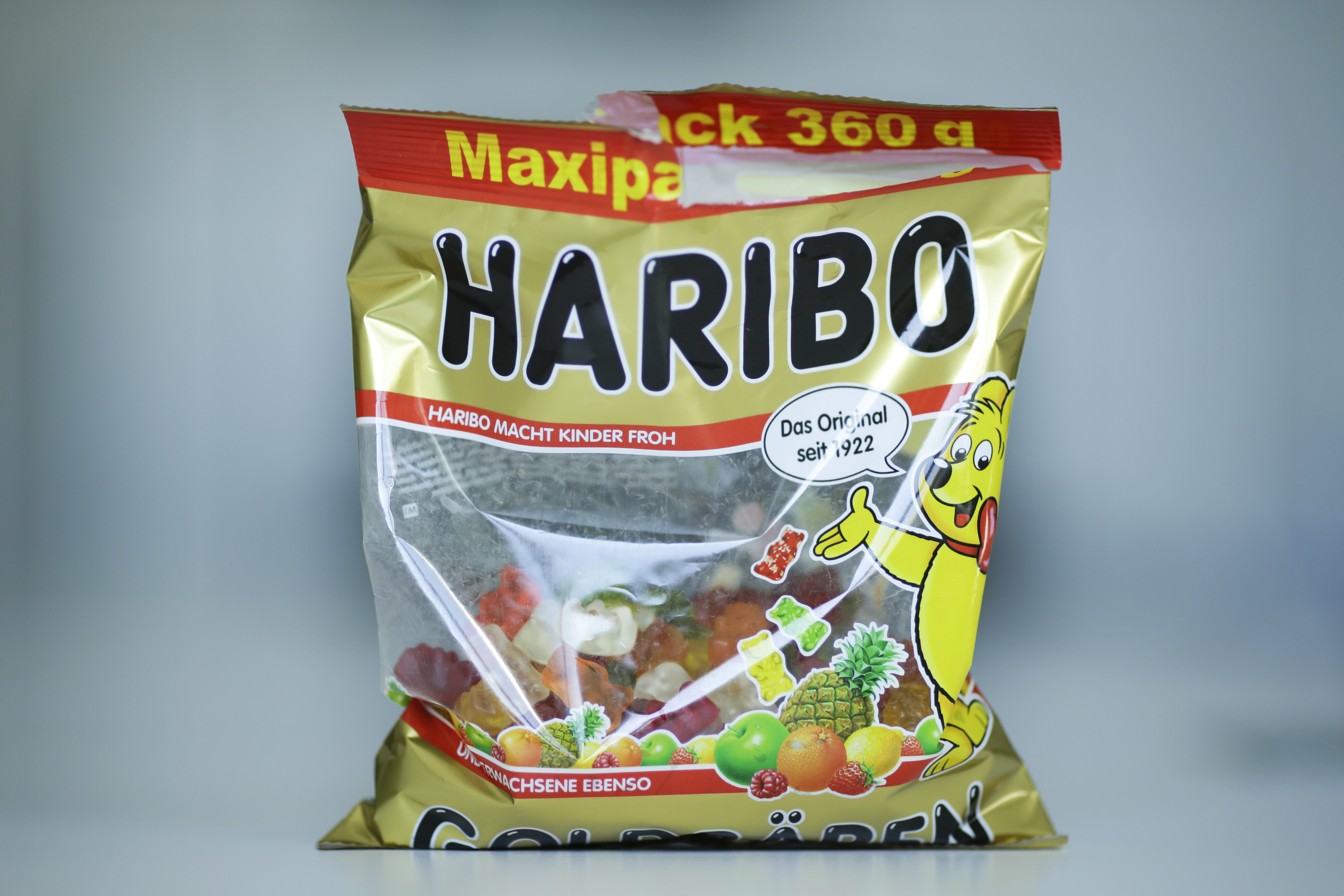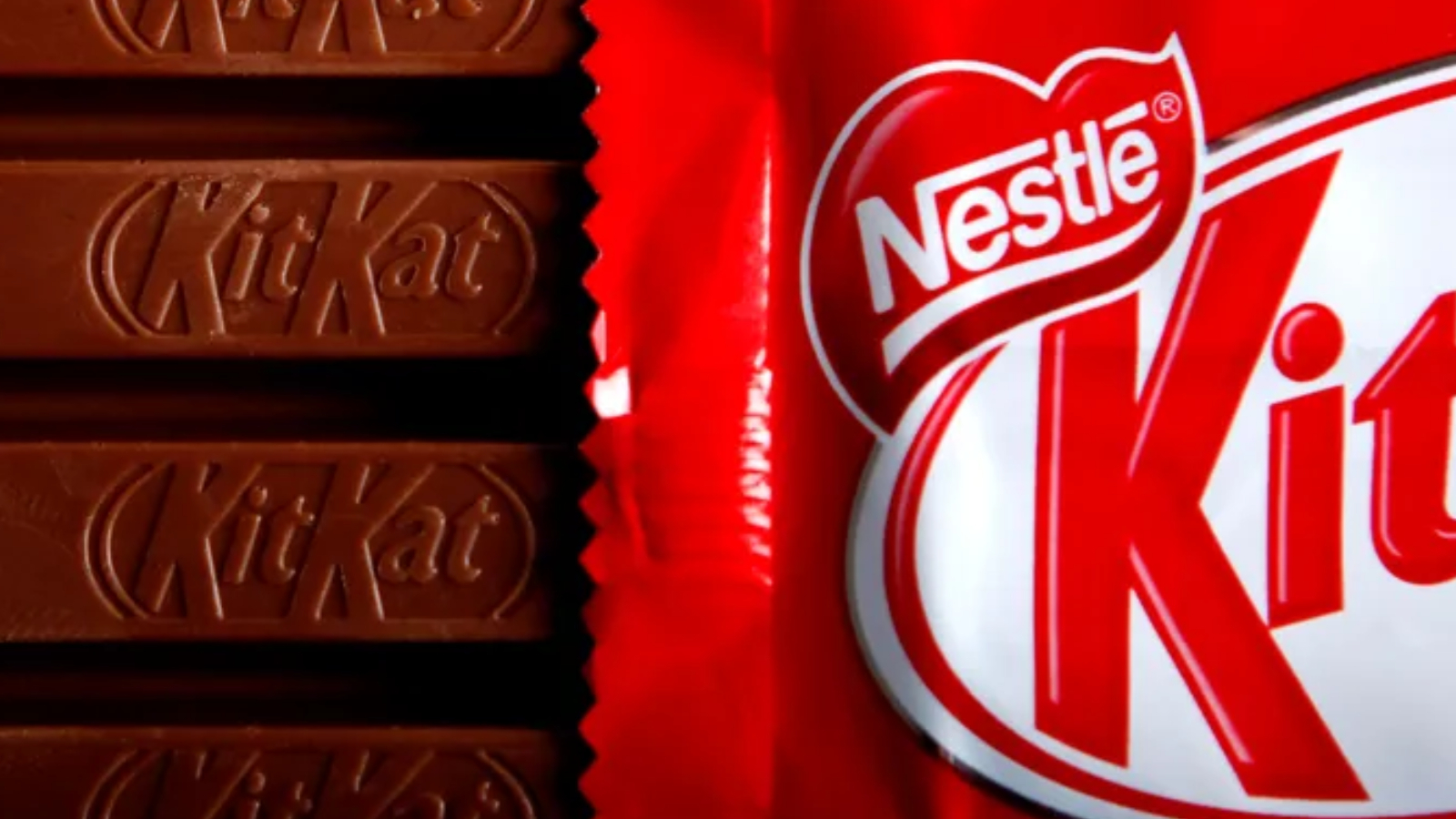We’ve recently written at HuffPost UK about how the secret behind Biscoff’s distinctive flavour is most likely… sugar (no, really).
Which got me thinking; what’s the actual taste of red velvet cake? After all, neither “red” nor “velvet” are ingredients; at least “lemon meringue” and “chocolate” cakes are clear about what they are.
I wondered if the deep red hue and moist texture could come from something like beetroot; the sort-of earthy flavour and vibrant purple-red colour.
But no; its actual flavour is shockingly simple (at least to me).
What flavour is it?
It’s (drumroll please)… vanilla and chocolate.
The cake uses cocoa powder rather than actual chocolate, giving the sponge a milder taste than most chocolate versions.
It’s meant to be made with Dutch-processed cocoa, which is ground from cocoa beans washed in an alkaline solution of potassium carbonate. This is darker than its other counterparts.
Traditionally, there are also acidic elements (like vinegar and buttermilk) in the mix that help to give the cake its signature tenderness and tang, Better Homes & Gardens writes.
The red colour was originally created by the reaction of the acidic buttermilk and vinegar to the raw cocoa powder, which contains an antioxidant called anthocyanins which turns red when it comes into contact with acids.
Nowadays, though, most red velvet cakes contain crimson food dye.
“Velvet cakes” were a trend
The only velvet cake we hear about these days tends to be red velvet cake.
But “velvet cakes” were a Victorian trend before cake flour became available, often containing ingredients like almond flour, corn starch, and cocoa flour that helped to produce a smooth, fluffy, “velvety” texture.
This coincided with the invention of “mahogany cake”; cakes which included the same Dutch-process cocoa and acidic ingedient combination.
In the Great Depression, red velvet cakes were cheaper to make (thanks to the omission of “real” chocolate” than others, leading to its popularity across America and now the rest of the world.
The more you know, right?






